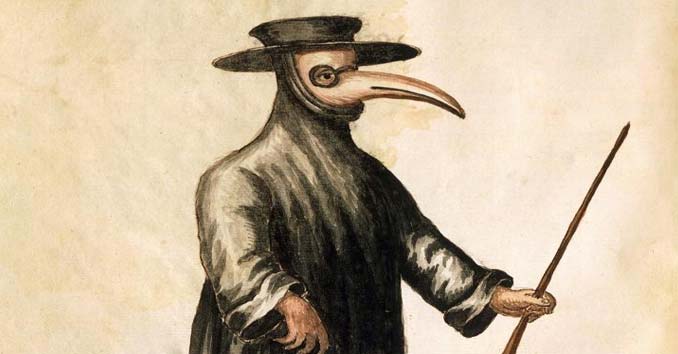Archaeologists have found the body of a 20 year old woman who lived in the neolithic times (5,500 years ago) in a large Swedish grave. They found a strain of the plague bacteria Yersinia pestis along her teeth. This was the oldest recorded track of plague bacteria. This strand of bacteria caused pneumonic plague which is much more severe than the bubonic plague that hit Europe in the 14th century.
Other records show that contemporary strains of the plague were found in areas of Ukraine and Romania. During the neolithic era, these areas were densely populated, unsanitary, and in close contact with animals. As a result, the breeding of pathogens contributed to the sudden decline of those populations. The plague rapidly spread in the area of Eurasia 5,700 years back via trade. This lead to a rapid decline in the area called the neolithic decline.
As the population of Europe declined, new groups of people migrated into the region and completely changed the genetic makeup of what Europeans are today.
source: https://www.cell.com/cell/fulltext/S0092-8674(18)31464-8

